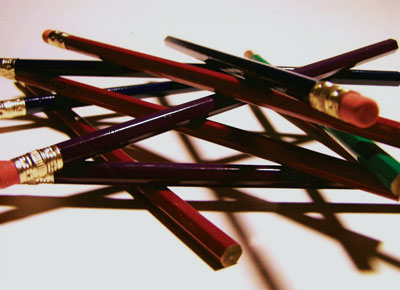All Nonfiction
- Bullying
- Books
- Academic
- Author Interviews
- Celebrity interviews
- College Articles
- College Essays
- Educator of the Year
- Heroes
- Interviews
- Memoir
- Personal Experience
- Sports
- Travel & Culture
All Opinions
- Bullying
- Current Events / Politics
- Discrimination
- Drugs / Alcohol / Smoking
- Entertainment / Celebrities
- Environment
- Love / Relationships
- Movies / Music / TV
- Pop Culture / Trends
- School / College
- Social Issues / Civics
- Spirituality / Religion
- Sports / Hobbies
All Hot Topics
- Bullying
- Community Service
- Environment
- Health
- Letters to the Editor
- Pride & Prejudice
- What Matters
- Back
Summer Guide
- Program Links
- Program Reviews
- Back
College Guide
- College Links
- College Reviews
- College Essays
- College Articles
- Back
Literary Analysis of The Necklace
The short story “The Necklace”, by Guy de Maupassant, revolves on a life-changing incident involving a middle class woman. Mathilde, the middle class woman, desires to be in the upper class of society. Her husband achieves an invitation to an upper class party with the wealthy. Mathilde, having nothing fancy to wear, buys a nice dress and borrows an “expensive” necklace from her rich friend. She goes to the party and has a blast, but loses the necklace. She spends ?34,000 to buy an identical necklace. She went into debt, and spent 10 years paying off her debt to find that the necklace was fake and at most worth ?500. Guy de Maupassant’s use of characterization and irony allow the reader to better understand the theme of, “There’s more to life than money”
Indirect characterization enforces the theme of “There’s more to life than money.” Mathilde feels that she id made for money and that is all she thinks about. Things that she didn’t have “tortured her and made her indignant” [1]. The fact that she doesn’t have money and that is al she thinks about indirectly characterizes her and says her whole life is money. She feels that she was made for money. She had a rich friend, a comrade of her comrade days whom she did not want to go and see any more [1]. Her jealousy causes her not to want to see her friend. This indirectly characterizes her as a jealous woman whose want for money proceeds her need for friendship. This is how indirect characterization supports the theme of “There’s more to life than money.”
Situational irony emphasizes the theme of “There’s more to life than money.” She lost Mme. Foster’s necklace [4]. She had a great time at the ball, but then her night is ruined because she lost her necklace. Her necklace means so much to her that money, which is symbolized by the necklace, wasn’t all there is to life she wouldn’t have been stressed about losing it. “Oh my poor Mathilde, but mine were false. At most they were worth ?500.”[6] If she hadn’t cared as much about money she would have come forward and not had to spend years in despair without money. Situational irony through losing the necklace and the value of the necklace proves the theme, “There’s more to life than money.”
Guy de Maupassant uses indirect characterization and situational irony to not only develop the plot, but create a well thought out theme. Through Mathilde wanting to have wealth and being jealous of her friend, de Maupassant crafts his theme through indirect characterization. The author then uses situational irony such as losing the necklace to back up the theme, De Maupassant uses this to show and teach the reader that “There’s more to life than money.”

Similar Articles
JOIN THE DISCUSSION
This article has 0 comments.
